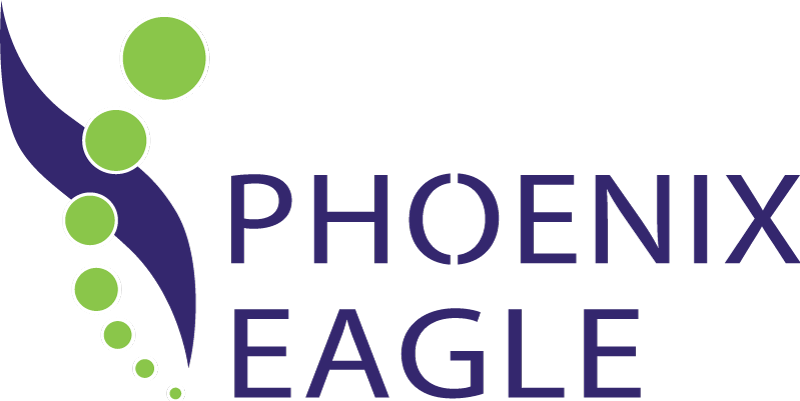Scientific Research
We have undertaken a program of non-clinical research in collaboration with leading research institutions in Australia and the UK. The research has focused on understanding the biological mechanism(s) of action for OPAL A at the molecular, cellular and skin levels and understanding the biological basis for the observed attractive safety profile of OPAL A. The findings to date suggest that there are multiple bioactive molecules in OPAL A, which have multiple modes of action, including wound debridement and anti-bacterial activity. The scientific results to date also suggest a number of other therapeutic effects; appropriate experimental work is being undertaken to confirm or reject these identified effects.
The primary centre of research since 2010 has been The Centre for Cell Biology and Cutaneous Research at the Blizard Institute, which is part of Queen Mary University of London. The majority of the research to date has been carried out by Dr Giuseppe Trigiante and by a PhD student Sreekanth Vootukuri Reddy under the direction of Professor Michael Philpott. The enzymatic work was directed by Emeritus Professor Keith Brocklehurst.
The work at the Blizard Institute arose from findings in work undertaken by Proteomics International of Perth, directed by its founder and CEO Dr Richard Lipscombe.
The results to date are of great interest to the scientists involved in the research. Keith, globally renowned for his work on cysteine proteinases, and particularly papain, has described some of the results as “remarkable and unexpected”.
It is of significance to note that the studies that are being undertaken in London have been approved by AusIndustry and the Australian Tax Office as being eligible for the R&D Tax Concession for work done outside of Australia on the ground that there are no suitable capabilities within Australia for this cutting edge research.
Due to the confidentiality of the results of the work, academic papers and non-confidential presentations will not be made available (except to parties who have signed Confidentiality Agreements) or published in journals until the relevant patent applications have been published.
The first of our second generation priority-date patent applications is about to be filed in Europe.
Currently, the first in vivo study of OPAL A is being undertaken at the CNR Instituto di NeuroScienze in Milan.
Two studies have been conducted under the supervision of Dr Fraser Russell at The University of the Sunshine Coast in Queensland. Whilst some of the results from The University of the Sunshine Coast are confidential, Dr Russell and his colleagues published a paper entitled, ‘Effect of the novel wound healing agent, OPAL A on leukotriene B4 production in human neutrophils and 5-lipoxygenase activity’ in the December 2011 edition of Wound Practice & Research. These results suggested that OPAL A may have vasodilatory effects. This is also suggested by several of the clinical outcomes that have been observed as recorded by Professor Geoffrey Mitchell of The University of Queensland in a paper entitled ‘Clinical observations supporting a vasodilatory effect of the modified papaya extract OPAL001’ also in the December 2011 edition of Wound Practice & Research.
